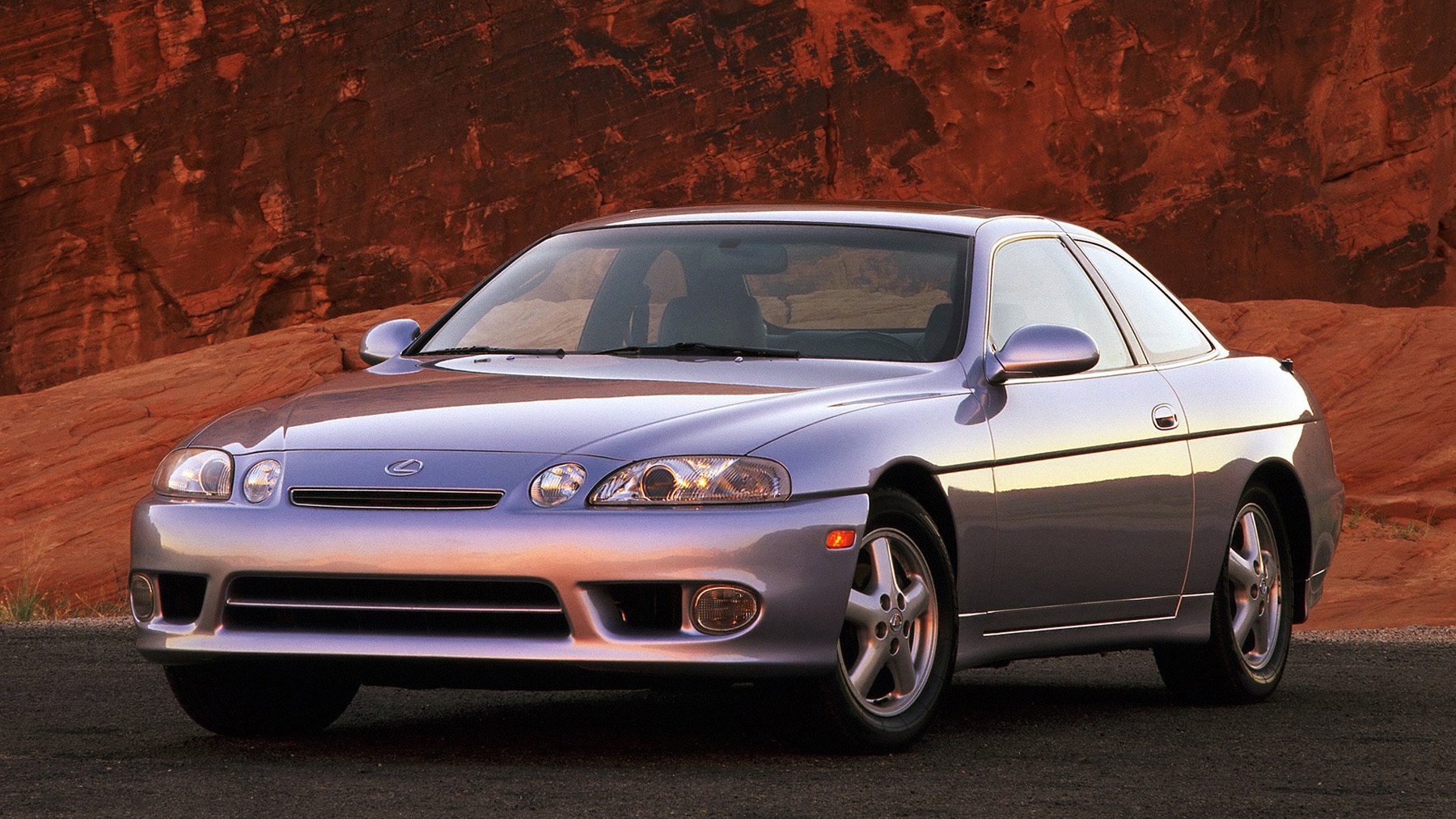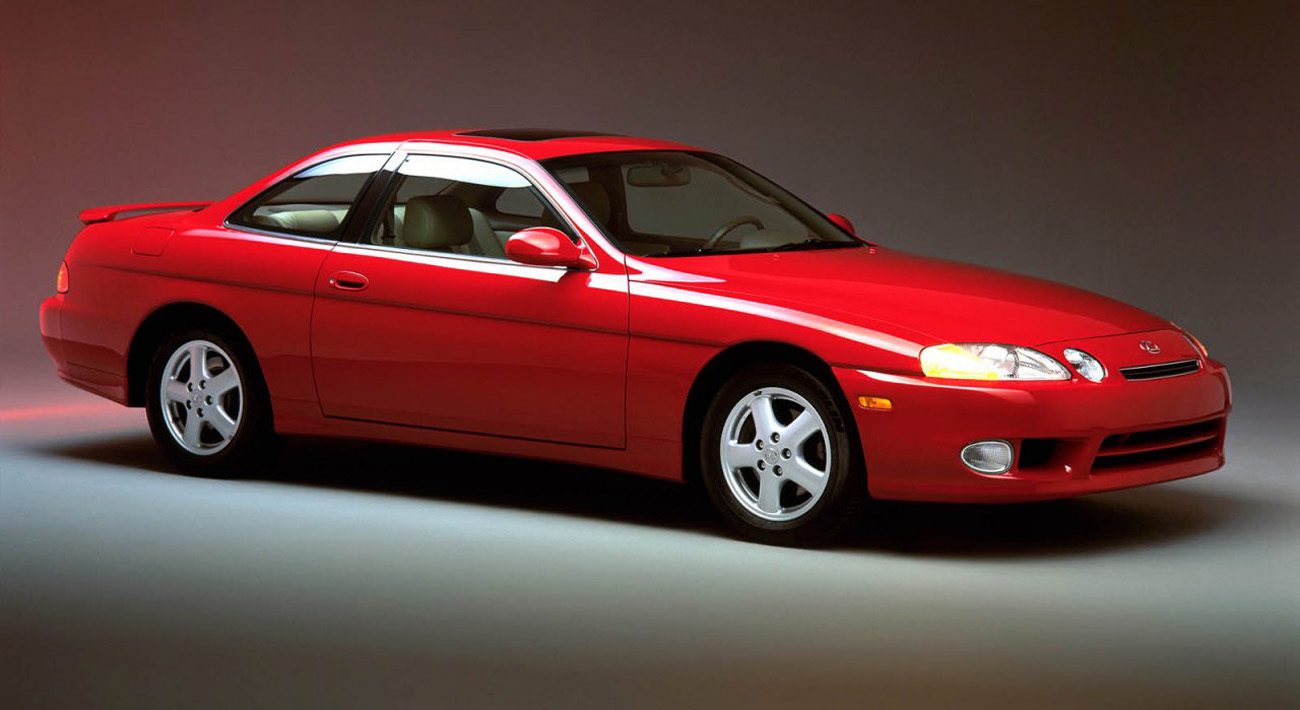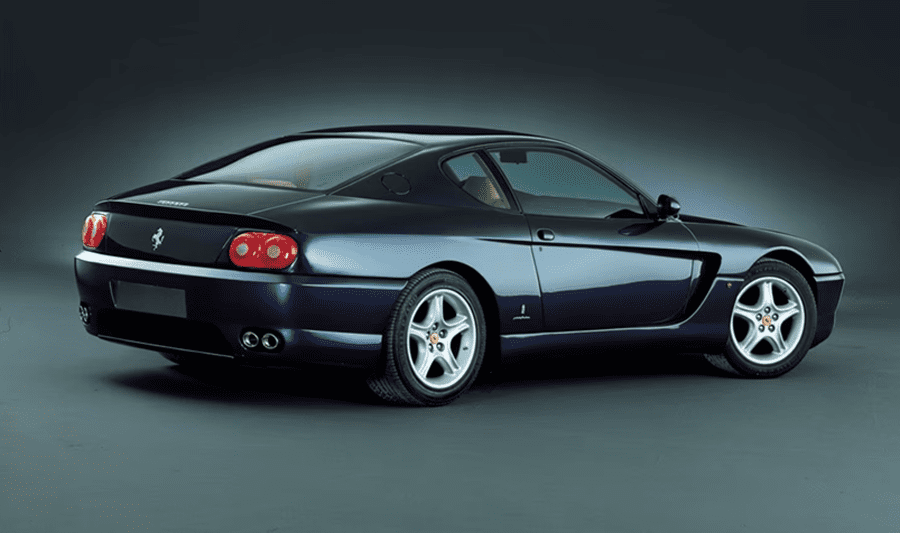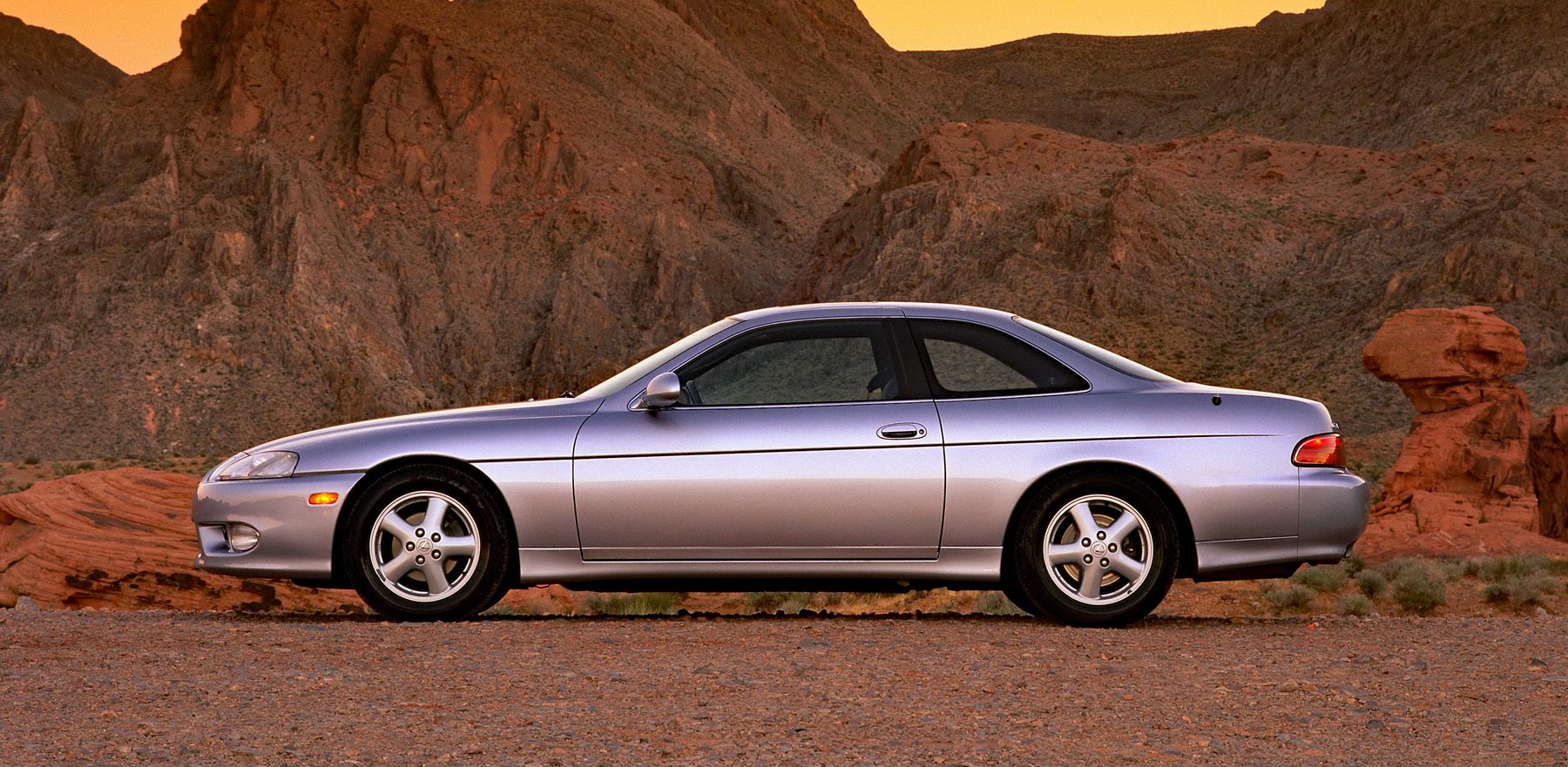
We are all children of the decade during which we came of age. I am and remain deeply influenced by what I read in Eighties issues of Car and Driver, and still find compelling the period enthusiast passion for mechanical and design simplicity. My love for the second-generation Volkswagen Scirocco is an embodiment of this philosophy. – Lexus SC: Best Automotive Designs.
Lexus SC: Best Automotive Designs
Simple Design
Sadly, German cars have grown complicated in the fast few decades, as has, generally speaking, their design. In fact, it seems that most sporty/performance cars now suffer from heavy-handed rendering. Ferrari cars are excellent examples of the trend away from lithe and simple design of a few decades ago, and to the complicated, edgy, and overwrought sporty-car look of today.
Nineties Design

In simplest terms, it’s the difference between the Nineties Ferrari 456, and the Italian maker’s current SF-90 (see pics below). Arguably the transition is from elegant to purposeful, but I would argue the evolution has been from grace to gaudy.
Toyota Soarer
I maintain that one of the last great—and highly successful—efforts to build a car that looked both clean and simple, as well as bold and purposeful, was the Toyota Soarer, known stateside as the Lexus SC.
Lexus SC
Introduced for the 1992 model year, the SC—offered in SC 300 and SC 400 trim—was the third Lexus model launched in the U.S., following the highly acclaimed LS 400 executive sedan, and the completely forgotten Camry-based ES 250 midsize sedan.
Designers
The SC/Soarer was originally penned at Toyota’s Calty design center in California, under the supervision of project directors Denis Campbell and Erwin Lui.
Mid-Engine Design
Allowing for a lower hoodline, and better weight distribution, the SC was designed with its engines aft of the front axle, making the car a front/mid-engine design. Though not especially space efficient, the layout does contribute to better handling, and, arguably, more compelling visual proportions.
Toyota Supra

Though more-or-less pitched as a coupe version of the big LS sedan, the SC actually shared its basic architecture with the Toyota Supra, and wasn’t especially roomy inside.
Engines
The SC 300 was powered by a 3.0-liter inline six, while the SC 400 came with the LS’s smooth and potent 4.0-liter V8. Per period reviews, and my memory (I drove a friend’s 400), the cars were paragons of mechanical refinement, flawlessly finished, and plenty of fun to drive.
Thin Pillars
Oh, they were also gorgeous. The SCs were, at a glance, obviously premium, but also clean, sophisticated, and without unnecessary features or aero add-ons.
Also, the SC is one of the last great coupes of the thin-pillar era, giving the car a sense of grace—and even lightness—that would be absent from future sporty and premium vehicles.
The Hard-Edge Era
Soon, everything got linear and edgy. Designers replaced their French curves with rulers, and their sense of litheness with an angry, “Alien”-monster look, complete with countless ducts, diffusers, and tacky aero add-ons.
SC 300 versus SC 400
This author prefers the look of the 300 to the 400, this because the smaller wheels of the former seem to fit the car better, and because the 400s are adorned with an entirely unnecessary rear spoiler. Also, were I to purchase an SC, I would seek out a manual-transmission, a feature found only on early examples of the 300.
Sales
While the Soarer was never sold in the U.S., Americans did snap-up a fair number of SCs, this despite their premium price tag. Between 1992 and 2000, Lexus sold about 83,000 SC models, 33,000 of which were the cleaner looking 300.
Lexus SC 430
Dubbed SC 430, a hardtop convertible would join the Lexus lineup for 2001. It’s stout, porky shape and clunky, blocky wheels made it a poor follow-up for the classy coupes which preceded it.

Listen to the Car Stuff Podcast
Lexus SC Pictures
Click below for enlarged images
Ladies of a Certain Age: Middle-Aged Coupes That Still Look Great

